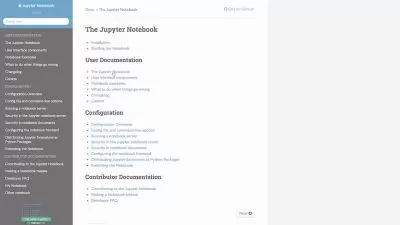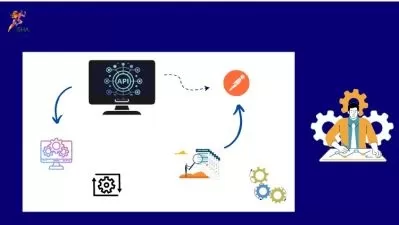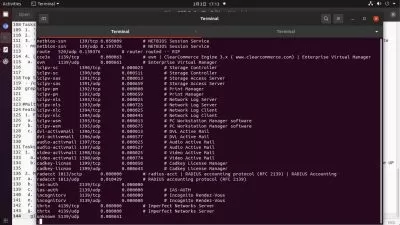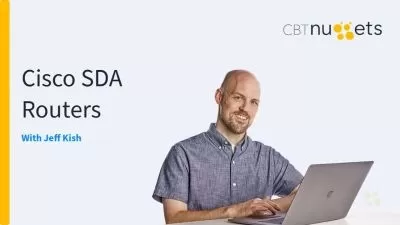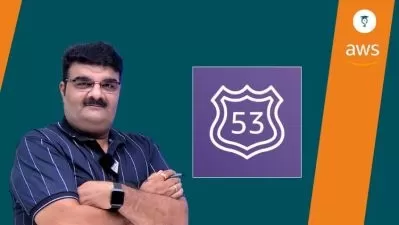How to use Postman and Python for Data Center Automation Online Training
Ben Finkel
14:57:34
Description
This intermediate How to use Postman and Python for Data Center Automation training prepares network admins to write programs in Python and use Postman to communicate with services, systems and devices that make automating your data center's behavior a breeze.
Postman and Python are a perfect marriage because both are designed to address opposite sides of the same problem: how to take a large and complex system and simplify its operations and behavior. This course teaches you how to write code that manages and administers your data center's operations with Python and how to interact with APIs by using Postman.
More details
Take this course and see how great Python and Postman are on their own and how incredibly powerful they are when used together.
Once you're done with this Cisco skills training, you'll know how to write programs in Python and use Postman to communicate with services, systems and devices that make automating your data center's behavior a breeze.
For anyone who manages their Cisco training, this Cisco training can be used to onboard new network admins, curated into individual or team training plans, or as a Cisco reference resource.
How to use Postman and Python for Data Center Automation: What You Need to Know
This How to use Postman and Python for Data Center Automation training has videos that cover topics such as:
- Interacting with REST APIs by using Postman
- Understanding various data formats, such as XML, JSON, and YAML
- Improving data center efficiency through automation
Who Should Take How to use Postman and Python for Data Center Automation Training?
This How to use Postman and Python for Data Center Automation training is considered associate-level Cisco training, which means it was designed for network admins. This data center automation skills course is designed for network admins with three to five years of experience with Cisco data center networking.
New or aspiring network admins. This is a great course for new network administrators because it'll give you a way of thinking about data center automation that you can bring with you throughout your entire career. From here on out, you can come to work every day wondering if you can automate a portion of your job.
Experienced network admins. It's never too late to learn about how much of your administration job can be done for you, and this Postman and Python course will be enhanced by a deep background in network administration. So network admins with several years of experience who take this course will find that it's a force multiplier for all their familiarity with data center administration, which can be automated.
User Reviews
Rating
Ben Finkel
Instructor's Courses"The best part about being a trainer is learning all of these great new technologies, and working with a community of people who are all passionate about learning, and just generally being a part of a culture that values learning the way I do. I love sitting down and working through an involved or complex topic so that I can competently speak about it on screen."
Ben Finkel has worked in software development since 1996. Before joining CBT Nuggets, he was a software engineer at M&T Bank in Buffalo, New York. He is a Google Certified Trainer. When he’s not creating CBT Nuggets training videos, Ben enjoys skiing, snowboarding, reading, and home brewing beer and cider. He also considers himself a hobbyist programmer and likes learning new development technologies.
Certifications: Google, Microsoft
Areas of expertise: Google Developer Expert, Google Certified Trainer, Microsoft ASP.NET (WebForms and MVC), Data Analysis and Design, Relational Database Architecture, MS SQL Server, Microsoft C#.NET, Javascript, jQuery, Microsoft Visual Basic .NET & 6.0, .NET Reporting Services, MS Access, Python
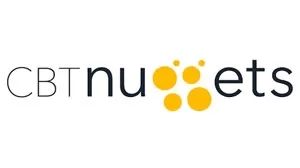
CBT Nuggets
View courses CBT Nuggets- language english
- Training sessions 162
- duration 14:57:34
- Release Date 2023/07/22






